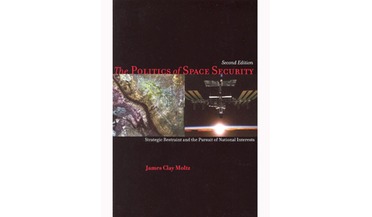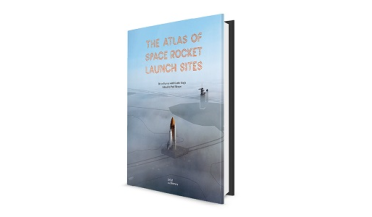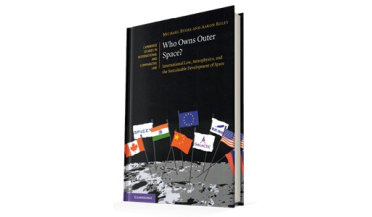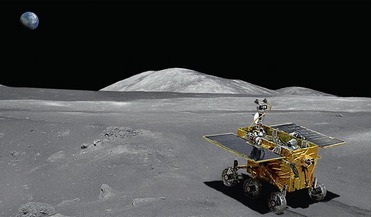 02 November 2017
How to teach and learn about space
02 November 2017
How to teach and learn about space
... part of what drives us. For example, books like the Star Wars series fuelled our curiosity to see what's really out there and ... about how to design spacecrafts. Even here on earth, Star Wars is inspiring robot design. Because of this, it would be ...
 23 March 2018
The Politics of Space Security
23 March 2018
The Politics of Space Security
... multilateral coordination over political and military posturing, or as Winston Churchill once put it, “jaw-jaw” is better than “war-war”. Mark Williamson, Space Technology Consultant
 13 April 2019
Space Sirens, Scientists and Princesses
13 April 2019
Space Sirens, Scientists and Princesses
... of Felicity Jones as Jyn Erso in the “Rogue One” Star Wars story. Much of the coverage is bound to be predictable: we all... remember Carrie Fisher’s spunky Princess Leia in the original Star Wars film, which was released in 1977 when ‘feminist’ was...
 19 September 2023
The Atlas of Space Rocket Launch Sites
19 September 2023
The Atlas of Space Rocket Launch Sites
...serious space journalists, especially since the end of the Cold War. The same could be said for Europe’s launch site in French... Guiana (though minus the Cold War reference) and it is ably covered in this book. It is ...
 01 April 2025
Who Owns Outer Space?
01 April 2025
Who Owns Outer Space?
... this is not blessed with a happy ending. Channelling the war in Ukraine, the authors consider “whether the long-stable space...the ‘pellet ring’, a “potential weapon” of the Cold War that involves launching millions of tiny steel balls into orbit. This...
 July 2014
Is there a space race or are India and China just coming of age?
July 2014
Is there a space race or are India and China just coming of age?
... is an indicator of your power and technology prowess", says Joan Johnson-Freese, a space policy expert at the US Naval War College in Newport, Rhode Island. "The same thing holds true in Asia now." China is steadily increasing its...